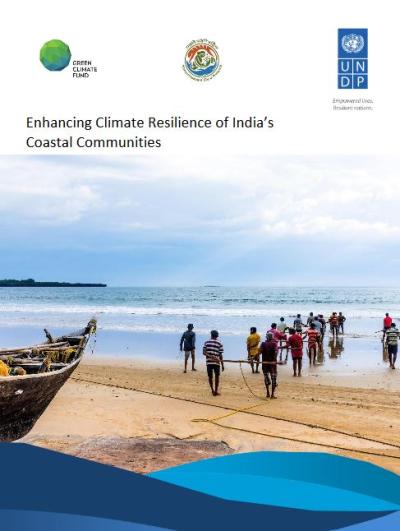
The 'Enhancing Climate Resilience of India’s Coastal Communities' project supports the Government of India to enhance the resilience of vulnerable coastal communities to climate change. The project will shift the paradigm for coastal governance towards a new approach by integrating ecosystem-centred and community-based approaches to adaptation into coastal management and planning.
The Indian coastline is amongst the world’s most vulnerable to climate change impacts, including extreme temperatures, changes in precipitation patterns, increased incidence of extreme weather events and sea-level rise. 250 million people reside within 50 kms of the coast (i.e. 3.5 percent of world’s population). Coastal and marine ecosystems have proven to be cost-effective buffers that protect the shoreline against natural disasters such as cyclones and floods. The Indian coastline has amongst the world’s highest mangrove cover, rich corals and other coastal ecosystems that support a range of livelihoods underpinned by goods and services crucial for the wellbeing of communities that live on subsistence.
Ecosystem degradation has a detrimental effect on the lives and livelihoods of these vulnerable communities putting them at risk from drought, saline intrusion, coastal flooding and erosion, etc., leading to a decline in the productivity of fisheries, agriculture and aquaculture. Though the project will work on strengthening the national level planning and decision-making system on ecosystem-based adaptation, on-the-ground interventions will be undertaken in three states in the east and west coast–Andhra Pradesh, Maharashtra and Odisha. The states were categorised as highly vulnerable to climate change over a large percentage of their coastline as per the exposure index within the “Coastal Vulnerability Atlas of India”. They have rich and vulnerable ecosystems that are under tremendous pressure and support livelihoods of millions. Yet, the socio-economic conditions of the communities in the targeted landscapes are negligible with low per capita incomes.
